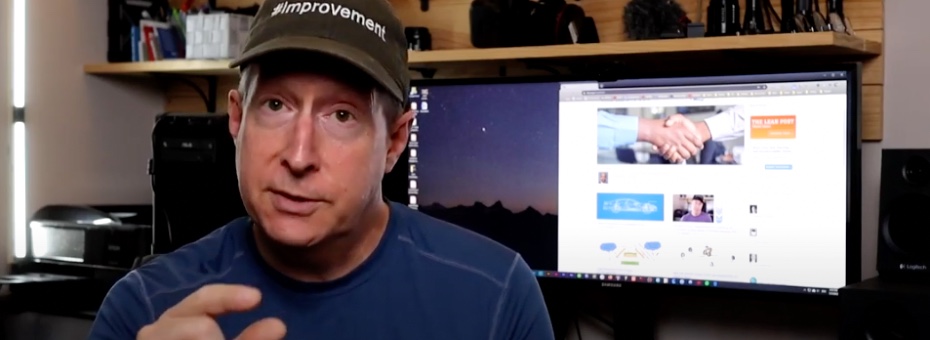Hi everyone. I’m Art Smalley, president of Art of Lean, Incorporated. And today, on behalf of the Lean Enterprise Institute, I’m going to share with you another acronym that I like to use, one that I learned 30 years ago and have always found useful: the concept of E.C.R.S. Stick around, I think you’ll enjoy it.
O.K., today, as I mentioned, I’m going to go through the acronym E.C.R.S., which I find very useful. I learned it over 30 years ago when I started working for Toyota in Japan. I learned it in the Toyota Kaizen course, which has roots in the Shigeo Shingo P-courses and, of course, the TWI JM or Job Methods course, as well.
E stands for eliminate, C stands for combine, R stands for rearrange, and S stands for simplify. These are very powerful thinking tools at your disposal. They are not a set of answers; you have to think, and go through these lenses and questions, and ask what might I do to improve a given situation?
The starting point, the coaching point I often use, is these four letters, this acronym.
Elimination
First, let’s take the eliminate angle. Look at a sequence of steps. It could be lines of code, a hospital admission process, a machine cycle, or any work performed by an individual. Let’s say there are 10 steps. What in those 10 steps could be eliminated? No matter how small. We’re talking steps here; we’re talking seconds. What can be taken out of the equation? By eliminating waste and subtracting things, you make the overall efficiency higher, and the work is usually easier to do. So, simple case:10 steps, I subtract one, I have nine. The work should be easier and better.
Combine
The second letter is C for combine. Sometimes, you can’t eliminate things. But even if you can’t eliminate stuff, sometimes you can get a two-for-one effect, you can combine steps two and three, whatever it is. Lines of code, like I said, or sequences in a machine, or steps on the computer when entering data. How can you combine two things and get that two-for-one effect? The net effect is very similar to the previous case. You take a step out of the equation. Again, ten minus one is nine, and you’re better off than where you started from, the original state.
Rearrangement
Now, let’s say hypothetically, you can’t combine something, there’s always the steps of rearrangement, rearranging. You can look at the macro flow at the whole value stream, and you can look at the layout of the area. Or you can look at the micro rearrangement concept of the work and the motion, the elements and things like that, and ask, How do I optimize rearranging the little things so that the net result of the work is easier, better, or faster? And you’ll get improvement as well.
Simplification
Last, even if you can’t wrap your mind around E, C, and R., or you don’t see any obvious angles there, you still have the S angle, the simplification. There’s always some part of every job that’s difficult, harder for some people than others–it takes longer, is more likely to produce failure or has bugs within it, harder for some people to learn. And a key point in kaizen is finding those hard points, those difficult points, those tricky points, and asking Why is that? How do you simplify it? so that anybody can do it safely and right the first time.
So, in total, these concepts, E.C.R.S., you can do a whole lot just with those four. Of course, the Toyota Production System and lean thinking go far beyond that, but this is one of the fountainheads, one of the key points that we, unfortunately, don’t quote or say much about anymore–and I think that’s a waste. That’s why I wanted to cover it in this video.
So for now, commit that to memory, E.C.R.S. What can you eliminate, combine, rearrange, or simplify for any situation. In subsequent videos, I’m going to go into each one of them in further detail. I’ll cover some of the key points in the elimination phase, combine phase, rearrangement phase, and simplification phase. I think you’ll find them useful.
Good luck!
Part one of a series. Watch part two.
Process Improvement
Capture and internalize all the elements you need to continuously improve work processes at the job level.






